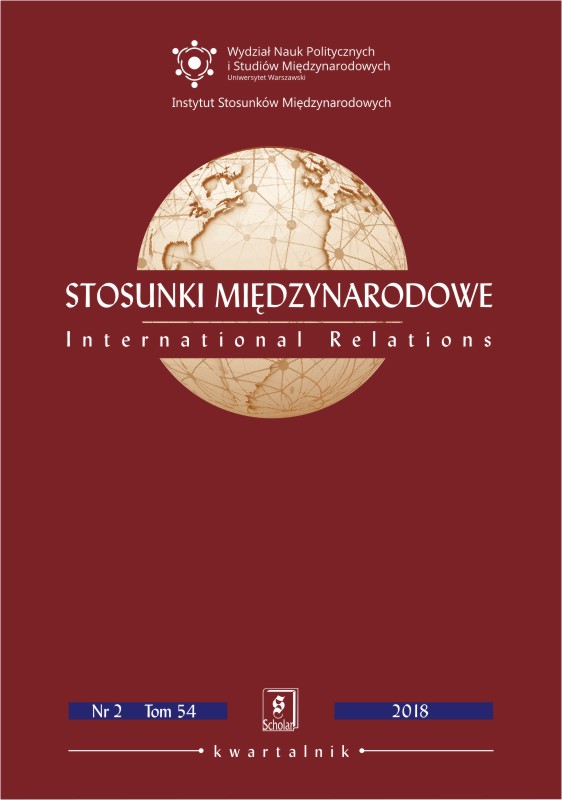Spatial Justice in South Asia: A ZIPF’S Curve Approach
Spatial Justice in South Asia: A ZIPF’S Curve Approach
Author(s): Tomaz Ponce DentinhoSubject(s): Politics, Economy, Sociology
Published by: Wydawnictwo Naukowe Scholar Sp. z o.o.
Keywords: Regional Science; Regional Development; Spatial Justice; Zipf’s Curve; South Asia
Summary/Abstract: Most conflicts are territorial, nurtured by the rents from natural resources and strategiclocations. Struggles over land, water and energy, clashes for control of routes, portsand airports; all these are often implicit in the more broadcast confrontationsattributed exclusively to inequalities, culture, religion or ideologies. On the otherhand, many of these territorial conflicts are internal to each country and, beyondissues related to the spatial allocation of rents from natural resources and controlof strategic locations, there are spatial bargains on taxes and public expenditures thatcan lead to more enduring distrust. The paper assumes the the spatial profile of land,water and energy influences the spatial pattern of population distribution observedin regularities of the Zipf’s Curve that relates the Size and Rank of the Cities of EachCountry. It aims to demonstrate how regional governance, mirrored in the spatialallocation of governmental taxes and expenditures, plays a crucial role in urbanconcentration and spatial justice. The paper presents Zipf’s Curve estimates forSouth Asian countries and maps for various countries, the differences betweenthe estimated curve and the population of various cities. The result analysis indicatesthat the spatial distribution of rents obtained from natural resources and publictransferences play a significant role in the spatial distribution of wealth. Summingup, there are reasons to believe that governance influences spatial justice, specificallythrough the spatial allocation of property rights over natural resources as well asthrough the spatial distribution of public spending. Moreover regional conflicts areremarkably associated with places and cities that, according to Zipf’s AnalyticalScheme, are below the level of what would be expected.
Journal: Stosunki Międzynarodowe
- Issue Year: 54/2018
- Issue No: 2
- Page Range: 105-119
- Page Count: 15
- Language: English

